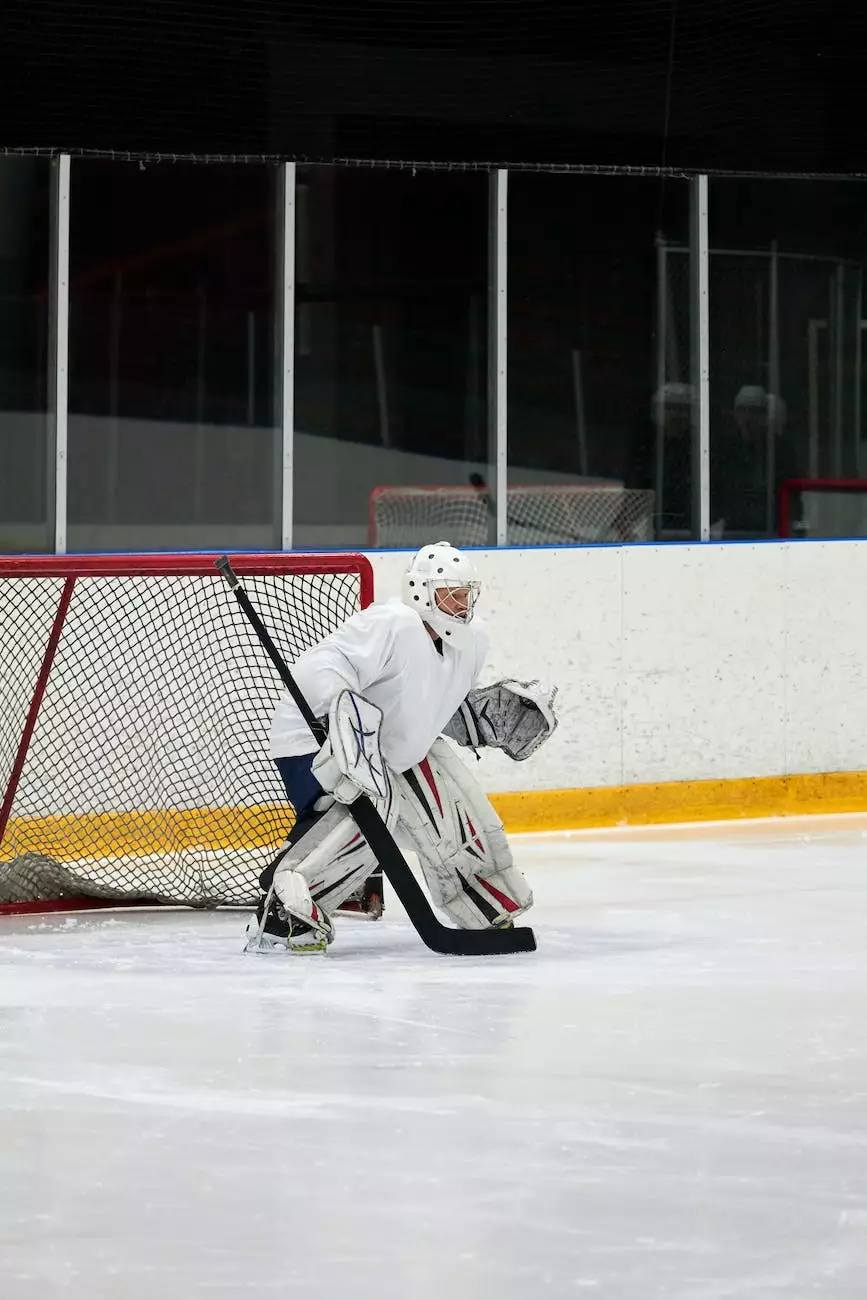Stretching Guide for Ice Hockey

Introduction
Welcome to Thrive Rolfing's comprehensive stretching guide designed specifically for ice hockey players. In this guide, we will explore effective stretching techniques to enhance your performance on the ice while minimizing the risk of injuries.
Why Stretching is Important for Ice Hockey Players
Stretching plays a crucial role in ice hockey, as it helps to improve flexibility, enhance range of motion, and prevent potential injuries. By incorporating regular stretching exercises into your training routine, you can optimize your performance and maintain a healthy body.
The Benefits of Stretching for Hockey
Stretching offers numerous benefits for ice hockey players:
- Injury Prevention: Stretching helps to reduce the risk of muscle strains, pulls, and tears commonly associated with the dynamic movements performed during hockey.
- Improved Flexibility: The flexibility gained through stretching allows players to achieve greater maneuverability on the ice, enhancing agility and overall performance.
- Increased Range of Motion: Stretching exercises target different muscle groups, ensuring optimal joint function and enabling players to execute skating and shooting techniques with greater ease.
- Enhanced Recovery: Stretching after intense training sessions or games aids in faster recovery by reducing muscle soreness and promoting better circulation.
- Improved Posture and Balance: Stretching exercises contribute to better posture, core stability, and balance, which are vital for maintaining control while skating and performing quick turns.
Stretching Techniques for Ice Hockey Players
1. Dynamic Warm-up Stretches
Before stepping onto the ice, it's essential to warm up your body with dynamic stretches that mimic the movements you'll be performing during the game. This helps to prepare your muscles and joints, increasing blood flow and flexibility.
Some effective dynamic warm-up stretches for ice hockey players include:
- Leg swings: Stand sideways next to a wall or support, swing one leg forward and backward, then repeat with the other leg. This stretch targets the hip flexors and hamstrings.
- Arm circles: Extend your arms to the sides and make gentle circular motions forward and backward. This stretch loosens up the shoulder joints and improves upper body mobility.
- Walking lunges: Take a step forward with one leg and lower your body into a lunge position, then repeat with the other leg. This stretch targets the quadriceps and hip flexors.
- Torso rotations: Stand with your feet shoulder-width apart, rotate your upper body from side to side, keeping your hips stable. This stretch helps to warm up the lower back and core.
2. Static Stretches
After completing the dynamic warm-up, it's time to move on to static stretches. These stretches are held for a longer duration and help to improve flexibility and relax the muscles.
Here are some recommended static stretches for ice hockey players:
- Hamstring stretch: Sit on the ground with one leg extended in front of you and the other leg bent. Lean forward from your hips while keeping your back straight. This stretch targets the hamstrings.
- Quad stretch: Stand upright and grab your ankle, pulling your heel towards your glutes. Keep your knees close together and push your hips slightly forward. This stretch targets the quadriceps.
- Calf stretch: Stand facing a wall or ledge, place your hands against it, and step one leg back, keeping it straight. Lean forward, feeling the stretch in your calf muscle. Repeat with the other leg.
- Shoulder stretch: Extend one arm across your chest, holding it in place with your other arm. Gently pull towards your body, feeling the stretch in your shoulder and upper back.
When and How Often to Stretch
To fully benefit from stretching, it's important to develop a consistent routine. Consider the following:
- Pre-game: Before a game, focus on dynamic warm-up stretches to prepare your body for the intense physical activity. Aim to spend 10-15 minutes on these exercises.
- Post-game: Once the game is over, perform static stretches to improve flexibility and aid in muscle recovery. Dedicate another 10-15 minutes to these stretches.
- Off-ice training days: On days without games or practices, incorporate both dynamic warm-up stretches and static stretches into your training routine. Spend at least 20-30 minutes on each.
Conclusion
Incorporating a regular stretching routine into your ice hockey training regimen can greatly benefit your performance on the ice. By improving flexibility, preventing injuries, and optimizing your range of motion, you'll be able to skate faster, shoot more accurately, and outmaneuver your opponents.
Thrive Rolfing is committed to helping ice hockey players achieve their full potential. Our stretching guide provides valuable insights and techniques to enhance your game. For more information and personalized guidance, don't hesitate to reach out to our team of experts.










